Elevate your style with traditional Ghanaian hairstyles! Explore stunning updo ponytails and cornrows that blend culture and elegance. Discover the beauty of Ghana’s rich heritage in hair fashion. Afrocentric hairstyles have gained a lot of popularity in recent years, and it is no different for those of Ghanaian origin. In Ghana, hair is more than just a style, it is a cultural statement.
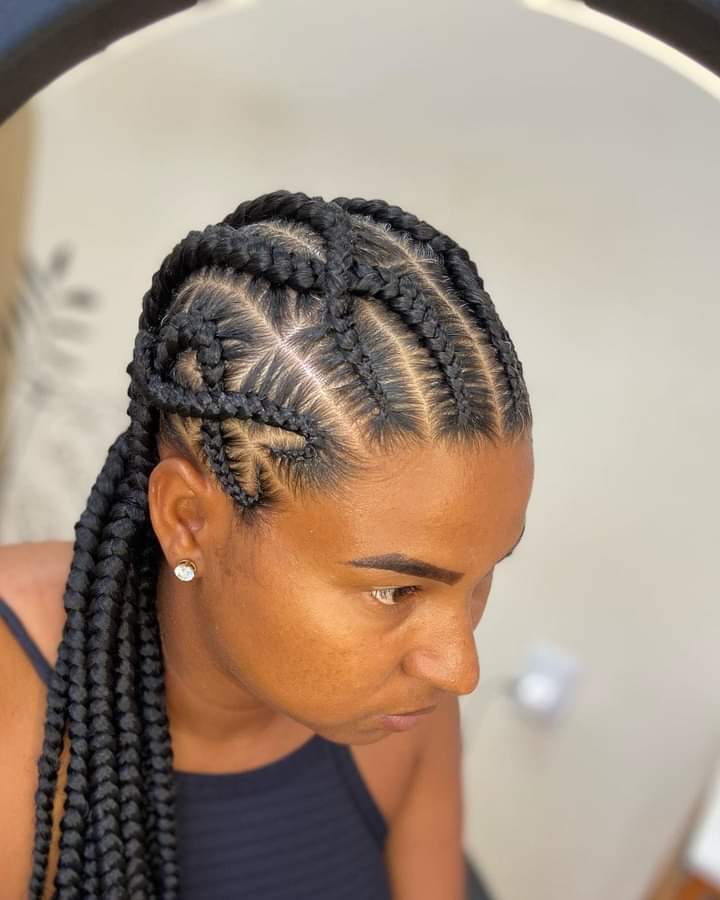
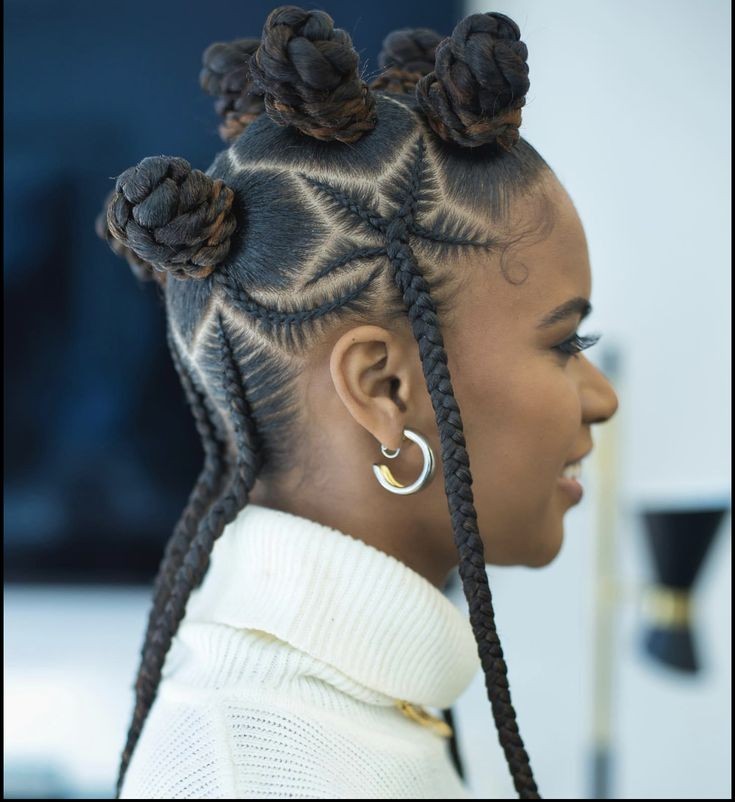
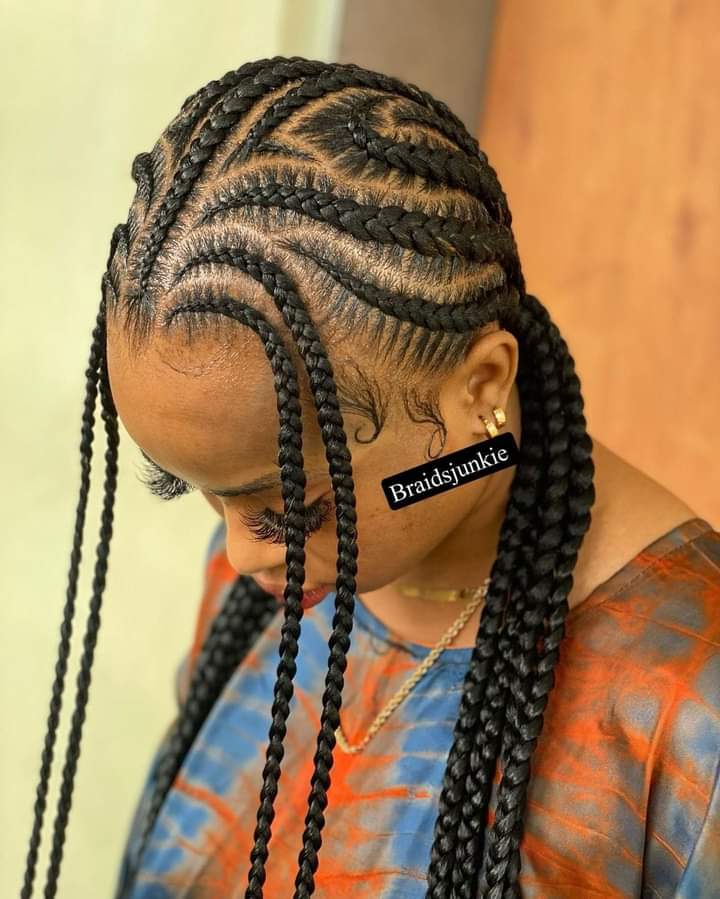
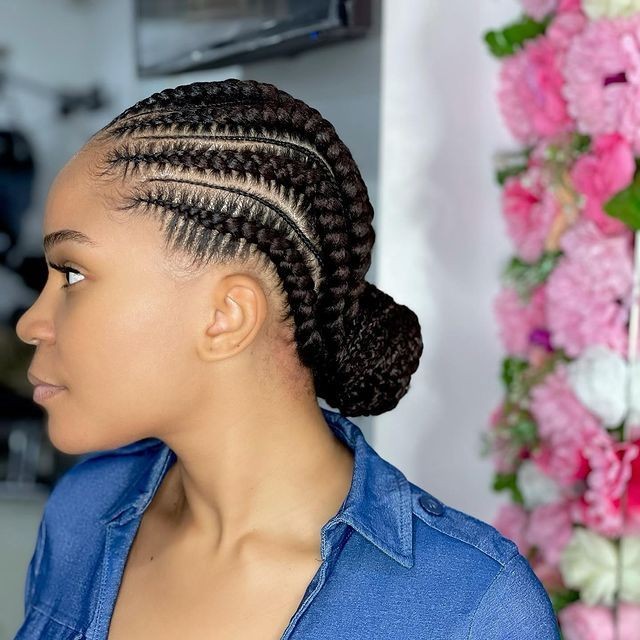
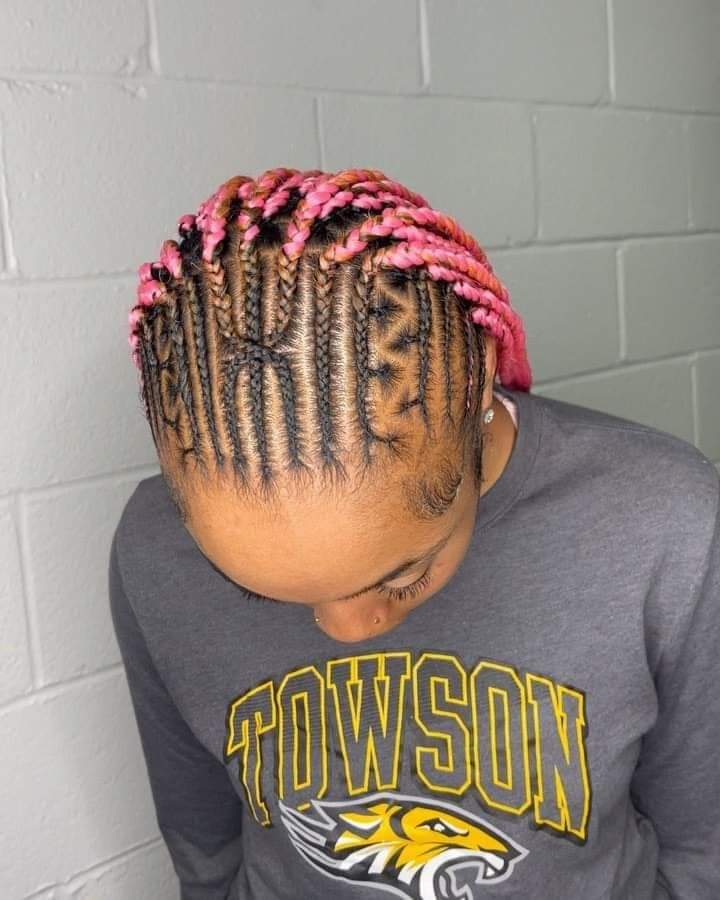
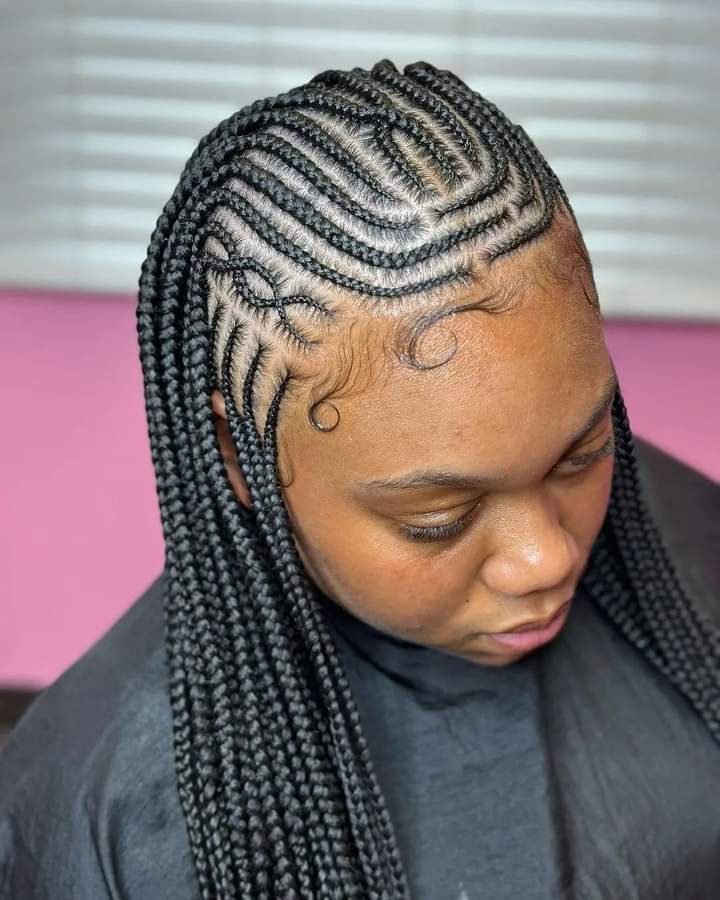
Traditional Ghanaian hairstyles are not only intricate and stunning but are also deeply rooted in the country’s rich cultural heritage. These hairstyles are often passed down from generation to generation and are a symbol of pride for many Ghanaian women.
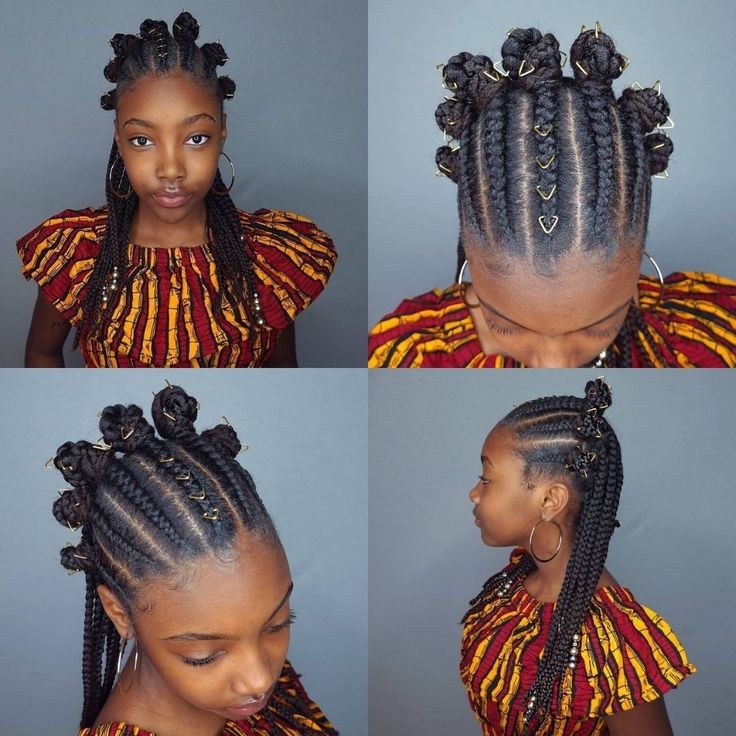
In this blog post, we will take a look at 15+ traditional Ghanaian hairstyles that are both timeless and beautiful. From braids to cornrows, these styles showcase the diversity and creativity of Ghanaian hairstyling. Whether you’re looking for inspiration for your next hairstyle or simply interested in learning more about Ghanaian culture, these hairstyles are sure to leave you in awe. Join us as we explore the beauty and intricacy of traditional Ghanaian hairstyles and celebrate the artistry and culture behind them.
Kinky twist braids for versatility.
Kinky twist braids are a popular hairstyle in Ghana that offers versatility and low maintenance. They are perfect for those looking for a protective hairstyle that can last for several weeks. Kinky twist braids come in various lengths, sizes, and colors, and can be styled in different ways to suit different occasions.

They can be worn up in a bun, styled with accessories, or left down for a casual look. Kinky twist braids are easy to maintain and can protect natural hair from damage caused by heat and chemicals. Overall, this is a great hairstyle option for those looking for a low maintenance, versatile look.
Fulani braids for cultural flair.
Fulani braids are a popular Ghanaian hairstyle that has been around for centuries. These braids are named after the Fulani people, who are nomadic herders from West Africa. They are known for their intricate braiding techniques and cultural flair.
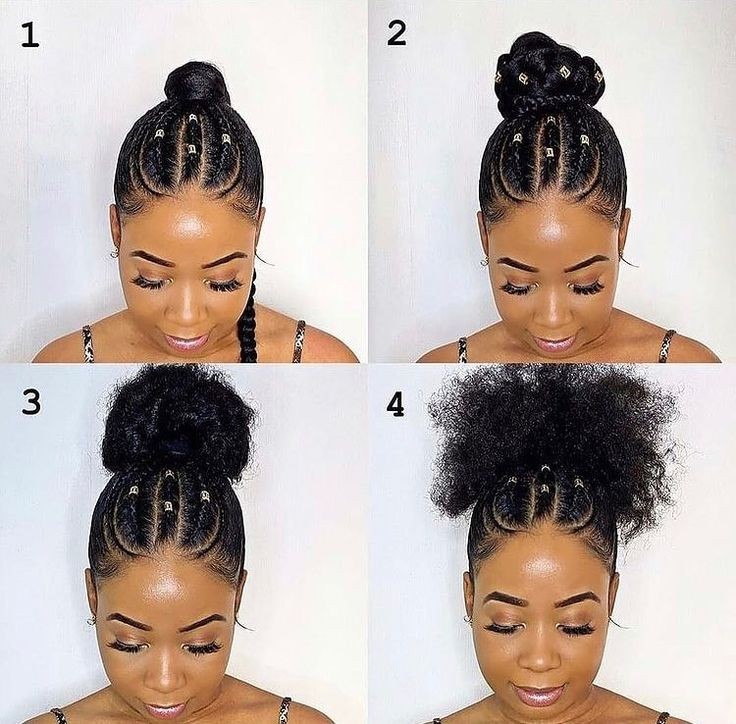
Fulani braids are characterized by a center braid that runs from the front of the hairline to the back, with smaller braids on either side. The braids are often adorned with beads, cowrie shells, and other decorative accessories. Fulani braids are not only a beautiful and stylish hairstyle, but also a way to connect with Ghanaian culture and heritage. If you’re looking to add a touch of cultural flair to your hairstyle, consider trying Fulani braids.
Bantu knots for natural beauty.
One traditional Ghanaian hairstyle that has gained popularity around the world is Bantu knots. This intricate style involves creating small knots of hair all over the head, resulting in a unique and eye-catching look. Bantu knots are not only stylish but also practical for natural beauty, as they protect and promote healthy hair growth.

To achieve this style, the hair is first washed and conditioned, then sectioned off and twisted into small knots. The knots can be left in for several days for a longer-lasting look, or taken out after a few hours for a more temporary style. Bantu knots are a versatile hairstyle that can be dressed up or down, making them a great choice for any occasion.
Ghana braids for simplicity.
Ghana braids are a popular hairstyle for women in Ghana and many other African countries. These braids consist of small, tight braids that are typically worn in a straight back pattern. Ghana braids are known for their simplicity and low maintenance, making them a popular choice for women who want a stylish yet practical hairstyle.

These braids are also versatile and can be styled in a variety of ways, from a simple bun to more intricate updos or down styles. Additionally, Ghana braids can be adorned with beads and other accessories to add a pop of color and style. Overall, Ghana braids are a great option for those looking for a low maintenance yet stylish hairstyle.
Beaded braids for added style.
Beaded braids have become a popular traditional Ghanaian hairstyle. This style involves braiding the hair into small, thin braids and then adding beads or shells to the ends of each braid.
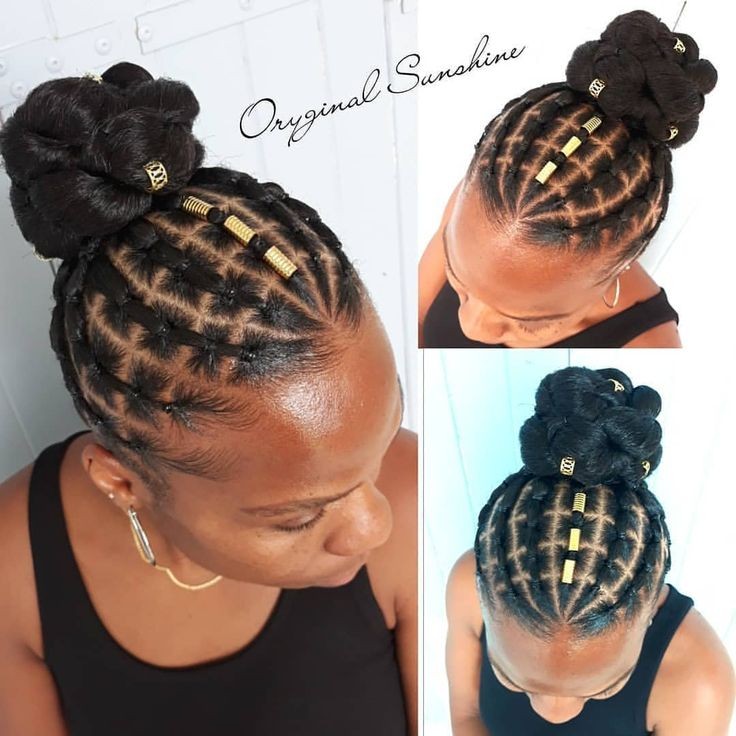
Beaded braids provide a unique and stylish look that is perfect for any occasion. This hairstyle is versatile and can be styled in many different ways to fit any personal style. Beaded braids can also be worn for an extended period, which makes them a low-maintenance hairstyle. Whether you are looking for a simple or complex style, beaded braids are a great choice to add style to your look.
Cornrows for easy maintenance.
Cornrows are a popular traditional Ghanaian hairstyle that have been around for centuries. They are easy to maintain and can last for several weeks, making them a practical choice for those looking for a low-maintenance hairstyle. Cornrows are created by braiding the hair in small, straight lines close to the scalp.
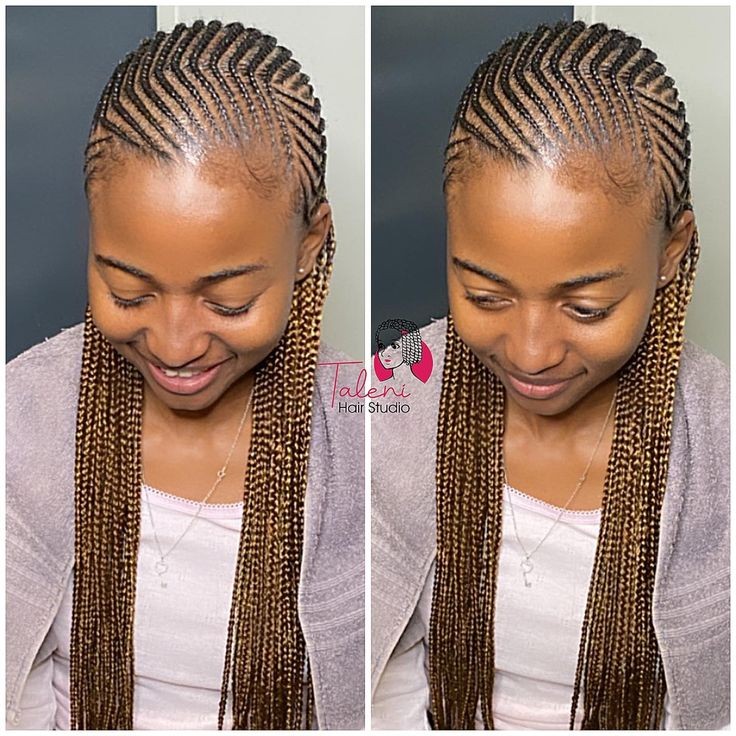
This style can be adorned with beads, shells, or other accessories. Cornrows are versatile and can be styled in various ways, including updos, buns, or left down. They are also a great protective style, as they help to keep the hair from breaking and tangling. Cornrows can be done on all hair types, making them a go-to choice for many people. Overall, cornrows are a timeless hairstyle that continues to be a popular choice today in traditional Ghanaian culture.
Threaded braids for creativity.
Threaded braids are a classic Ghanaian hairstyle that have been around for generations. This traditional hairstyle involves weaving thread into braids in order to add a vibrant pop of color and texture. Threaded braids are a versatile hairstyle that can be worn in a variety of ways, including updos, side-swept styles, and even half-up half-down looks.

What makes this hairstyle particularly exciting is the endless creative possibilities it offers. Threaded braids can be customized with a variety of colors, patterns, and textures to create unique and eye-catching styles. This makes it a great choice for those looking to express their creativity through their hair. Whether you’re attending a special event or simply want to switch up your everyday look, threaded braids are a beautiful and timeless option.
Twist outs for elegant curls.
Twist outs have become a popular way to achieve elegant curls, and they have also become a staple in traditional Ghanaian hairstyles. This method involves twisting damp hair into small sections and allowing it to dry overnight or under a hooded dryer. Once the twists are unraveled, the result is beautiful, defined curls.
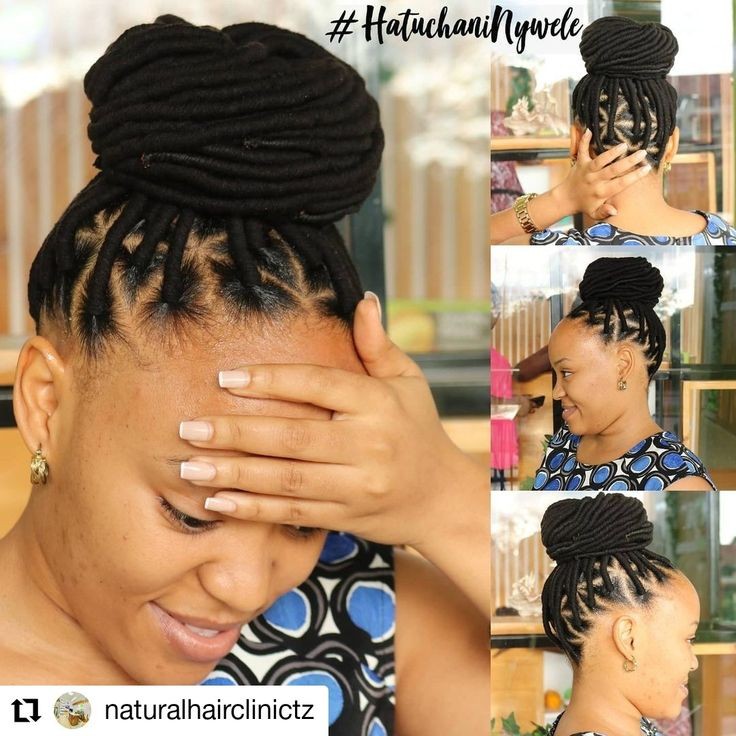
Twist outs work well on natural hair, but they can also be created on relaxed or chemically treated hair with the use of setting lotion or curl defining products. This versatile style is perfect for any occasion and complements any outfit. With a little practice, twist outs can be easily mastered and become a go-to style in traditional Ghanaian hairstyles.
Jumbo braids for boldness.
Jumbo braids have become increasingly popular in recent years, and they’re a great way to make a bold statement with your hair. These braids are larger than traditional box braids, giving a more dramatic and eye-catching effect. Jumbo braids can be styled in a variety of ways, from a simple half-up, half-down look to a full updo with elegant twists and turns.
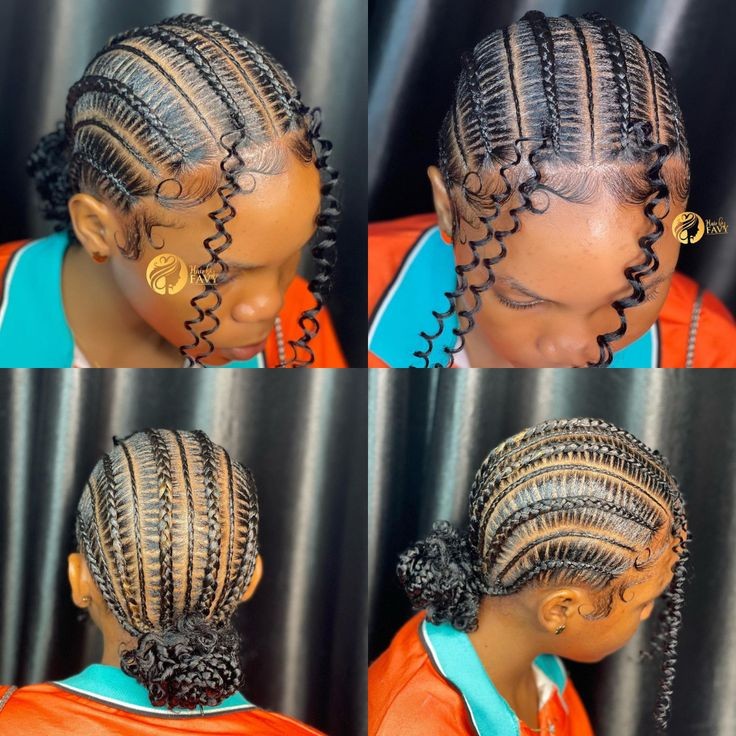
This style originated in West Africa, including Ghana, and has become a beloved style across the world. Jumbo braids are a great option for those looking for a protective hairstyle that can last for weeks and require minimal maintenance. Whether you’re looking for a bold and edgy look or just a way to protect your hair, jumbo braids are a great choice to consider.
Flat twists for unique texture.
Flat twists are a versatile and popular hairstyle that can be incorporated into various traditional Ghanaian hairstyles. They are created by taking two sections of hair and twisting them together, creating a flat, woven pattern. This technique can be used to add unique texture and interest to any hairstyle. Flat twists can be created in a variety of sizes and patterns, and can be adorned with beads or other accessories for a more elaborate look.

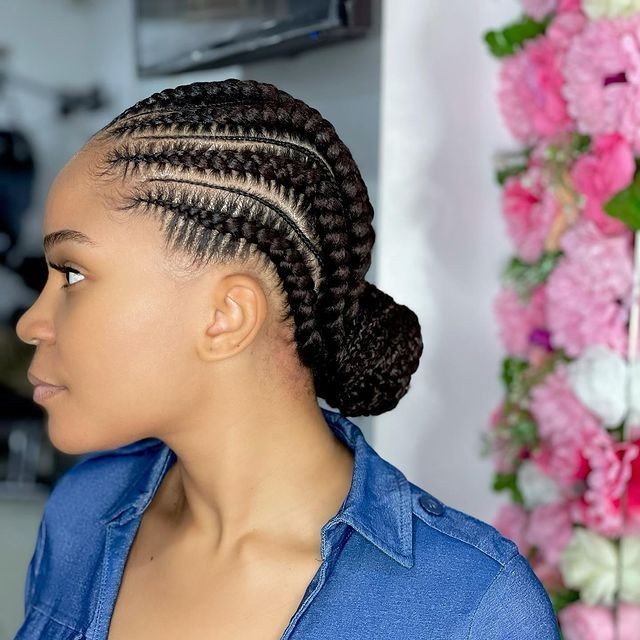

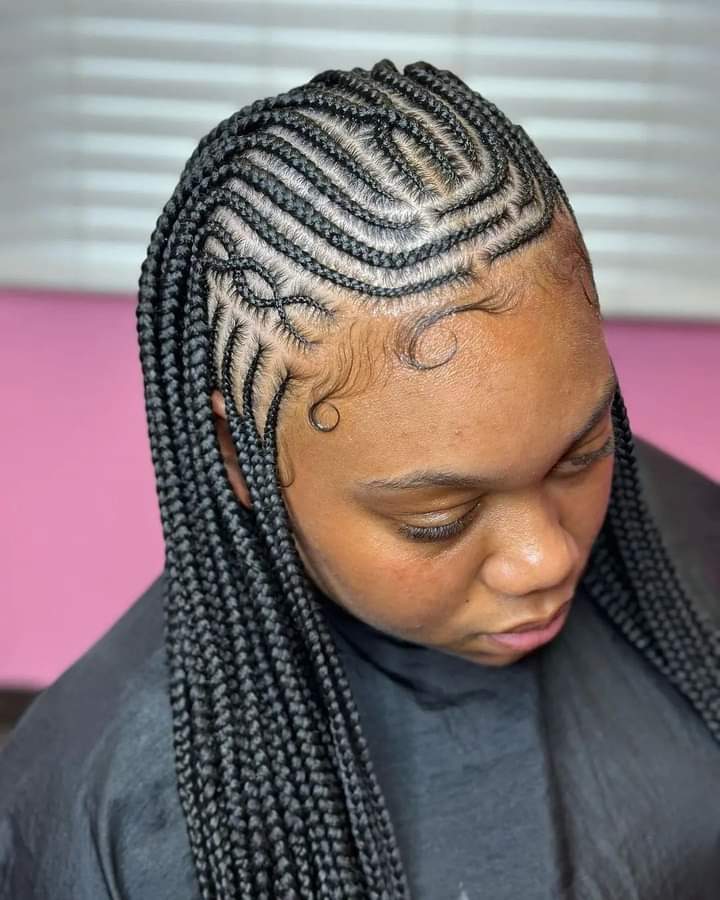
This style works well on all hair types and is particularly suited for those who want to protect their natural hair while maintaining a stylish appearance. If you are looking for a way to add texture and interest to your traditional Ghanaian hairstyles, consider incorporating flat twists into your look.
C curve ghana weaving style with attachment
The “C curve Ghana weaving style with attachment” is a hairstyle that combines traditional Ghana braids (cornrows) with added hair extensions to create a curved or wavy pattern resembling the letter “C.”

It involves braiding the natural hair close to the scalp in a curved design, incorporating extensions to achieve the desired length and shape. This style is known for its unique and elegant appearance, often chosen for special occasions or for a distinctive everyday look, blending the beauty of Ghana braids with added flair.
Yoruba didi shuku hairstyles with attachment
The Yoruba “didi shuku” hairstyle with attachment is a popular Nigerian hairdo. It involves braiding the hair into small, closely woven cornrows (shuku) with the addition of hair extensions for length and volume. The extensions are usually folded over at the ends, creating a stylish, tapered look.
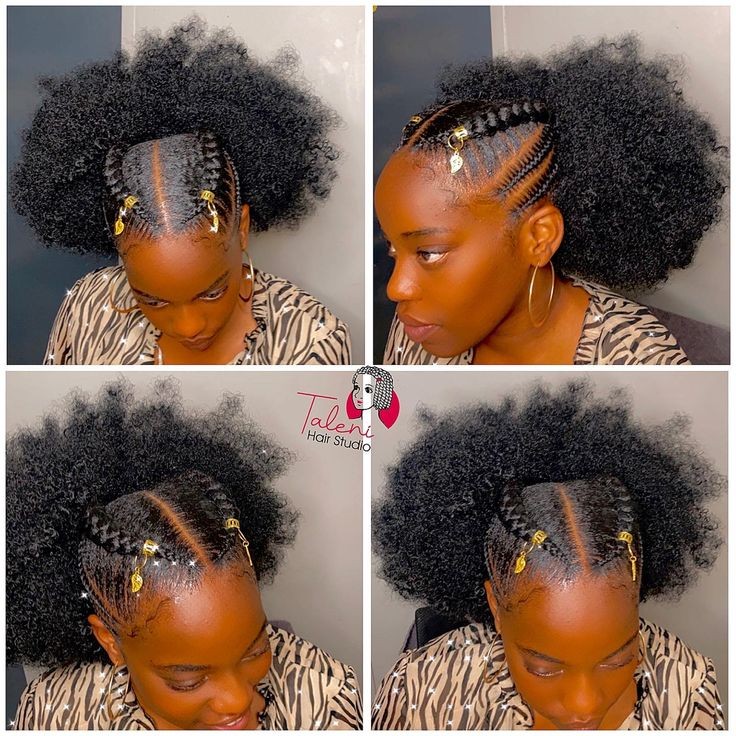
Didi shuku with attachment offers versatility and can be customized with various colors and decorative elements like beads or cuffs. This traditional Yoruba hairstyle is often worn for special occasions and celebrations, showcasing a blend of cultural heritage and modern fashion.

In conclusion, traditional Ghanaian hairstyles are not only a true cultural representation but also a beautiful form of self-expression. The hairstyles discussed in this post are just a few examples of the many stunning options available. Whether you are looking for a protective style or simply want to try something new, these hairstyles are a great choice. By embracing traditional Ghanaian hairstyles, we can honor and appreciate the rich cultural heritage of Ghana while also showcasing our own unique style.
What is the name of Ghana braids?
Ghana braids, also known as Banana braids or Invisible cornrows, are a popular African hairstyle characterized by small, tightly woven cornrows that lie flat against the scalp. These braids are named after the West African country of Ghana, where they have a cultural significance and have been worn for generations. They are admired for their neat, low-maintenance style and versatility in creating various patterns and designs.
What are traditional Ghanaian hairstyles?
Traditional Ghanaian hairstyles encompass a rich array of braids, knots, and patterns that hold cultural significance. These hairstyles often feature intricate designs, such as Bantu knots, Duafe-inspired braids, Akua’ba-inspired styles, artistic cornrows, and Nubian knots. They reflect Ghana’s diverse cultural heritage, celebrate beauty, and convey individual or group identities
What is the difference between cornrows and braids in Ghana?
Cornrows and braids are both popular hairstyles in Ghana, but they differ in technique and appearance. Cornrows involve tightly braiding hair close to the scalp in rows, creating a flat, linear pattern. Braids, on the other hand, involve weaving strands of hair together to form thicker, three-dimensional plaits. Cornrows are typically smaller and closer to the scalp, while braids are larger and more prominent. Both styles have cultural significance in Ghana and can be adorned with beads, shells, or other decorations for added flair
What is the difference between goddess braids and Ghana braids?
Goddess braids and Ghana braids are distinct hairstyles. Goddess braids are larger, thicker, and often feature intricate patterns, with extensions used for added length and volume. They are typically worn as a single braid or a few big braids. In contrast, Ghana braids, also known as cornrows, involve smaller, tightly woven braids that hug the scalp and can be styled in various patterns, including straight lines or geometric shapes. Ghana braids are closer to the head and are ideal for creating intricate designs. Both styles offer versatility and cultural significance, but they have different aesthetics.
